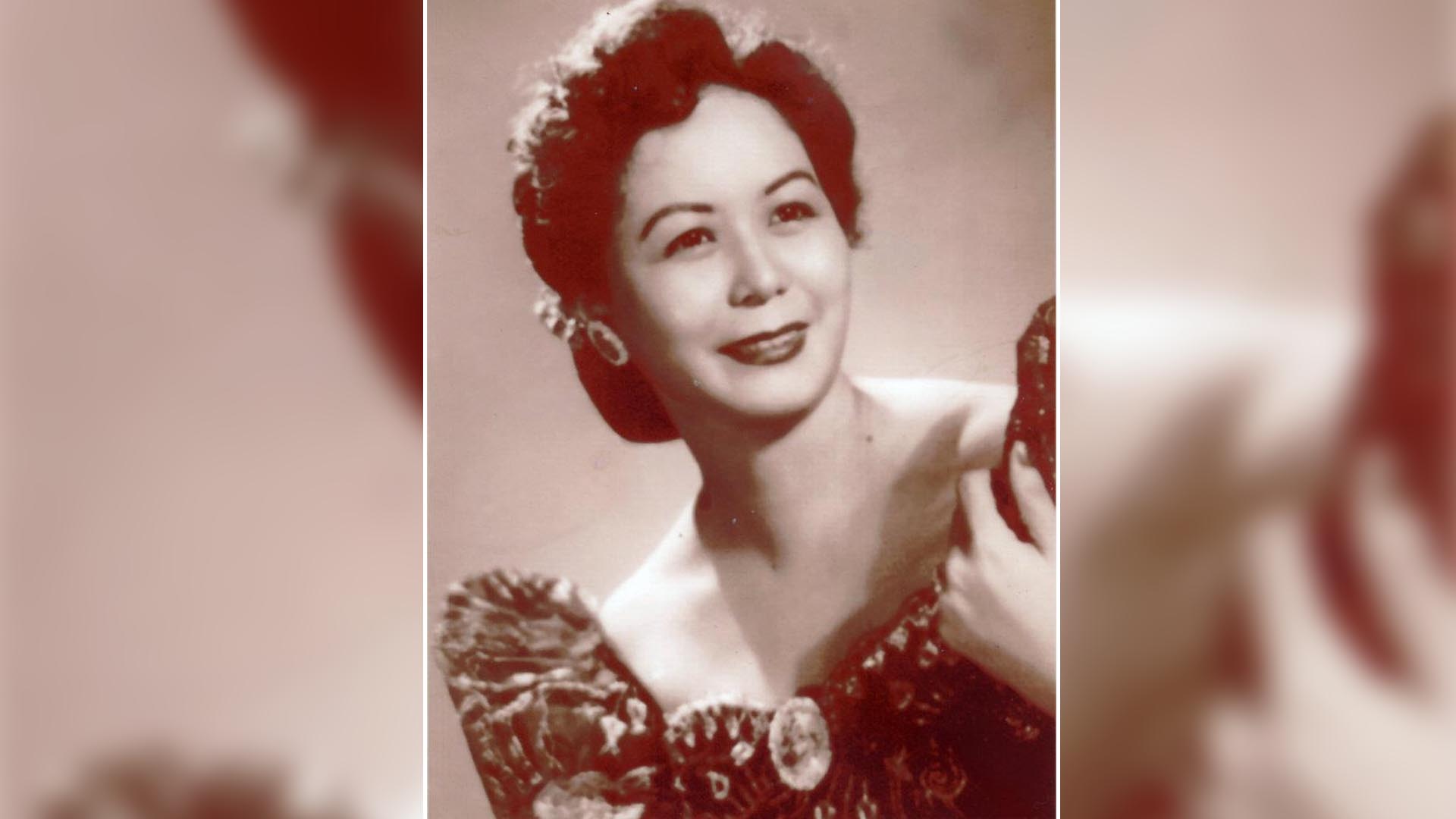The nata de coco, a delicacy produced through fermentation, serves as a staple ingredient in candies, drinks, and desserts for Filipinos to enjoy.
Teódula Kalaw África, a chemist who hails from Lipa, Batangas, was a scientist who graduated from the oldest university in the Philippines and the home of the “growling tigers”, University of Santo Tomas.
Teódula worked for the Philippine National Coconut Corporation (now Philippine Coconut Authority), an agency under the supervision of the Department of Agriculture as a chemist.
In 1949, she coined the concept that soon became a favorite that Filipinos and the rest of the world get to enjoy. Nata was greatly enjoyed by many as it was then originally made from pineapple and once called, “nata de piña”.
As coconuts are known to be available all year round, for Teódula, she used them as an alternative to pineapple and her idea made every dessert-loving Filipino household feel fulfilled. She created this Pinoy delicacy and was a great success that made Pinoy consumers impressed, thus the name, nata de coco, and recognized by the rest of the world as “coconut gel.”
The term nata is attributed to the Latin word “natare”, meaning ‘to float’, and the Spanish word “nadat”, which means ‘to swim.’ It is also associated ·with another Spanish word that means ‘cream,’ literally making nata de coco the “cream of coconut water”—the topmost and best portion of it.
How is it made?
Technically, nata de coco is a dietary fiber that is produced from coconut water through a fermentation process that involves microorganisms. It is the substance formed by Acetobacter xylinum on the surface of sugar-enriched coconut water, coconut milk, plant extracts, fruit juices, and other waste material.
What these bacteria do is feed on the sugar present in the coconut water mixture and, in the process of metabolizing it, produce thin threads of cellulose. These cellulose threads are formed outside the bacterial wall, and if allowed to grow in an unshaken container, they rise to the surface, forming a solid layer, what is commonly called “nata.” The end product contains about 96% of water and 4% fiber.
Boost in the economy
The invention of nata de coco became a frenzy and boosted the economy, especially in Laguna and Batangas. Many related businesses also experienced an increase in profit.
Coconut vendors found themselves going directly to coconut farmers instead of the usual traders because the nuts would often be sold out even before they reached the market. Chemical companies ran out of glacial acetic acid, and even wholesalers experienced shortages of sugar.
Not Much Recognition
Her triumphant invention of the nata de coco and eminence in Philippine science didn’t gain much recognition even up to this day. In the 1940s, a woman just like herself didn’t get much attention in a highly conservative, gender-stereotypical environment where women were expected to stay indoors, occupied with chores, and singing songs of praise.
Even the 1999 booklet by the National Academy of Science and Technology (NAST), listed her name as the inventor of the nata de coco and referred to her as “T.K. Africa.”
Though it may seem disappointing and sad, it’s never too late to give credit and acknowledgements to the works of our kababayan. Especially now that Filipinos are gradually being recognized on the international stage, especially in the field of science and technology.
It’s safe to say that it would be as righteous and appropriate to list the name, Teódula Kalaw África alongside the heroes and notable people that have come before her.
Source: http://scinet.dost.gov.ph/union/
Photo Credit: https://herencialipena.files.wordpress.com/2018/03/teodula-kalaw-africa.jpg








